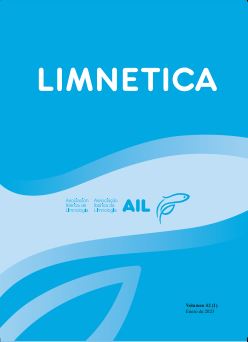Bromeliad phytotelmata: the first scientometric study
Resumen
Some representatives of this family have the ability to form phytotelma environments through the accumulation of water and organic matter, serving as substrate and food for a variety of organisms. Here, a scientometric analysis was carried out to show trends in scientific work on bromeliad phytotelmata and the importance of these microcosms for the maintenance of biodiversity. The papers were analyzed using the Thomson Reuters, Scopus and Scielo databases between the years 1970 and 2021. Information was sought on the years of publications, geographic regions, countries, article design (descriptive, predictive, experimental, review), focus (ecological, biological, molecular), and ecological level of study (organism, population, community and ecosystem). South America presented the highest number of works developed with the subject and also with researchers involved. Most studies presented predictive designs focusing on community ecology. Insecta, followed by Crustacea and Anura, were the most studied groups of organisms. The results contribute to a better understanding of biodiversity in bromeliad phytotelmata, pointing out gaps and trends in research directed at these natural microcosms.
Descargas
Publicado
Número
Sección
Licencia
Los autores que publican en esta revista están de acuerdo con los siguientes términos:
- Limnetica está bajo una licencia de Creative Commons Atribución-NoComercial 4.0 Internacional.
b. Los autores pueden establecer por separado acuerdos adicionales para la distribución no exclusiva de la versión de la obra publicada en la revista (por ejemplo, situarlo en un repositorio institucional o publicarlo en un libro), con un reconocimiento de su publicación inicial en esta revista.
c. Se permite y se anima a los autores a difundir sus trabajos electrónicamente (por ejemplo, en repositorios institucionales o en su propio sitio web) antes y durante el proceso de envío, ya que puede dar lugar a intercambios productivos, así como a una citación más temprana y mayor de los trabajos publicados (Véase The Effect of Open Access) (en inglés).


